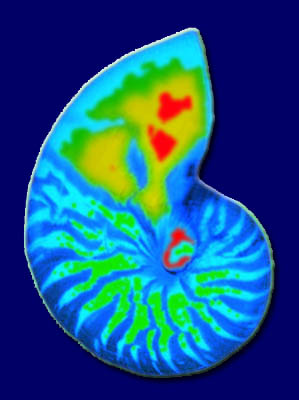
Comments: download file (pdf
)
Ref.: Int. Conf. on Underwater Acoustic Measurements,
Heraklion, June 2007
Abstract: In most underwater acoustic experiments acoustic
sources and hydrophone arrays are moored so as to provide a geometry as
controllable as possible. A more operational approach is to use moving
sources and light drifting acoustic buoys but in such cases the data
exhibits continuous phase and amplitude changes due to depth and range
shifts. This may be problematic when the processing of collected
acoustic data requires the use of correlation between successive
received signals, e.g., in passive time reversal where a probe-signal
is sent ahead of the data-signal for post crosscorrelation. An
identical problem arises when the source is placed in a continuously
moving and unstable autonomous underwater vehicle. Up to now, only the
range shift is usually compensated by using data processing techniques,
for example, by applying an appropriate frequency shift to the acoustic
field based on waveguide invariant theory. This paper formulates the
hypothesis that array and source depth fluctuations can also be
compensated by using a frequency shift of the received pressure field.
Acoustic simulations and real data collected during the MREA’04
experiment suggest that the frequency translation required for the
array and source depth compensation can be computed using new invariant
properties of the waveguide.